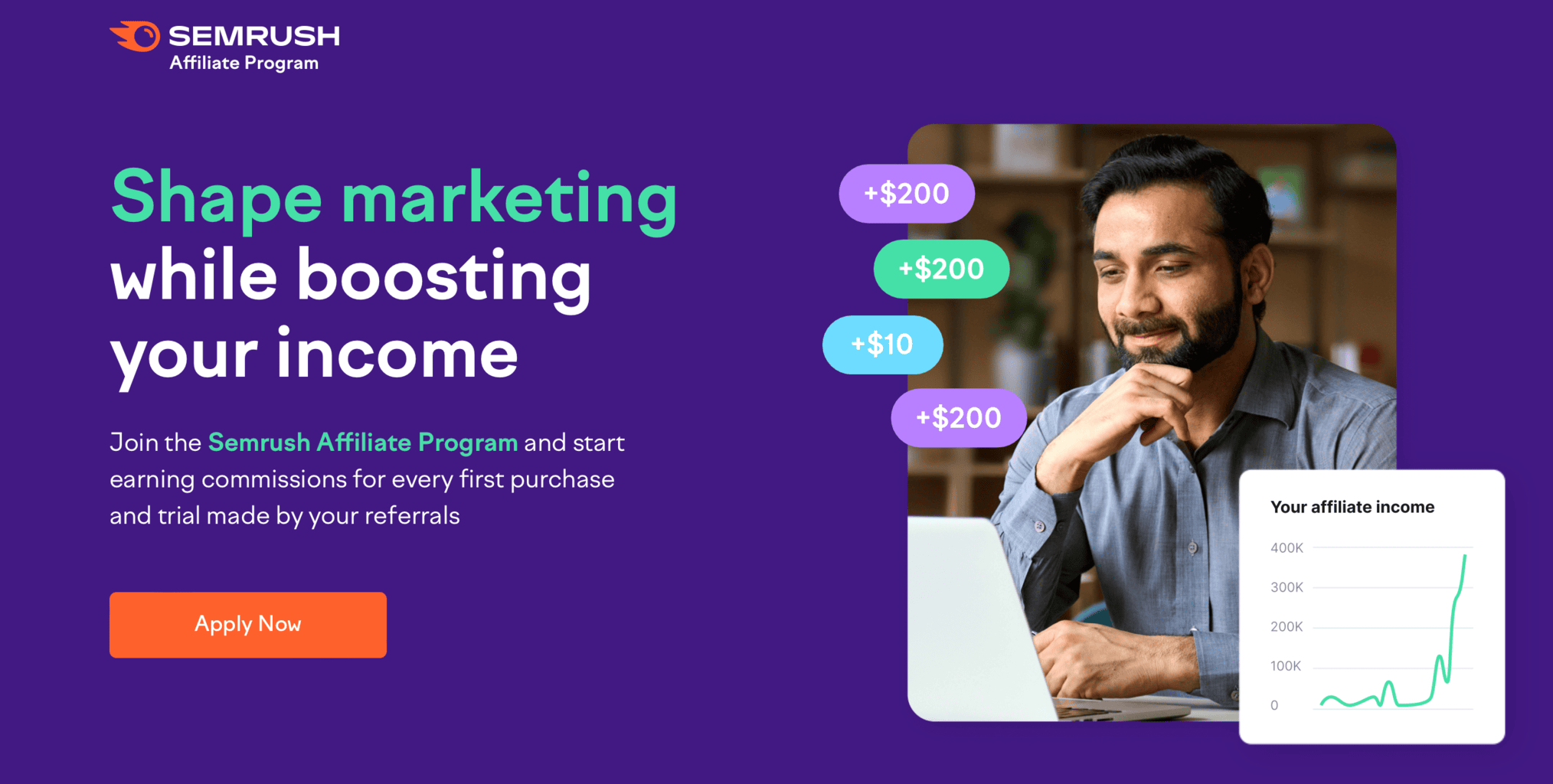Instagram vs. Facebook for Marketing: Everything You Need to Know
Instagram vs. Facebook for Marketing: Everything You Need to Know
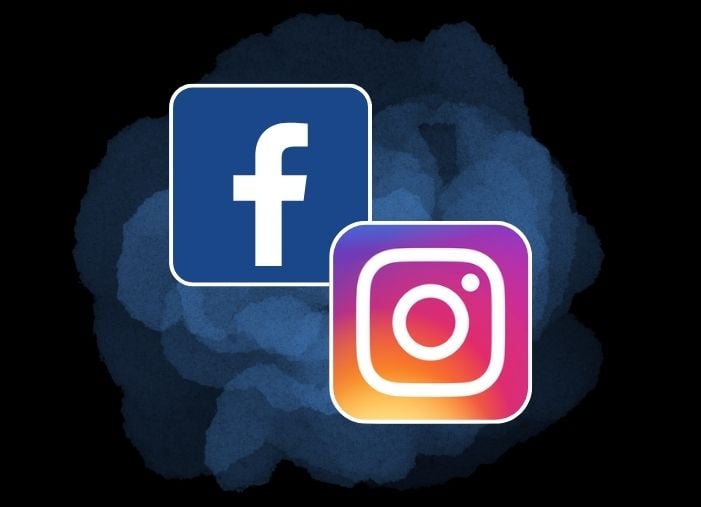
Instagram and Facebook (now known as Meta) may be owned by the same parent company, but the two social platforms are different—very different. For the casual user, this doesn’t matter much beyond preference. (I have to limit myself from Instagram scrolling with a 15-minute daily limit, for instance, but I haven’t logged into my personal Facebook in years and haven’t wanted to.)
But for marketers looking to grow organic reach, it’s important to understand Instagram vs. Facebook for your business goals to decide which platform works best for you and how to use each effectively.
Instagram vs. Facebook: Background
People love both of these social networks: According to Hootsuite, 14.5% of active social media users report Facebook as their favorite social network, while 14.6% choose Instagram. This shouldn’t be a surprise. Both Instagram and Facebook have been cornerstone social platforms for a decade now.
But the platforms were created with different goals in mind in very different environments, and it’s a good idea to understand that before we get into the differences today
These platforms were created a few years apart, but Instagram was launched after the launch and market saturation of the iPhone ushered in the mobile-first era and after Facebook’s rise to prominence changed our relationships with social media.

Instagram launched the same year The Social Network came out.
Now let’s get into the key Instagram vs. Facebook differences you need to know.
Instagram vs. Facebook: Audiences
Both social media networks have huge audiences all over the world. Instagram and Facebook hit 1 billion users in 7.7 and 8.7 years, respectively, and they’ve continued to grow since.
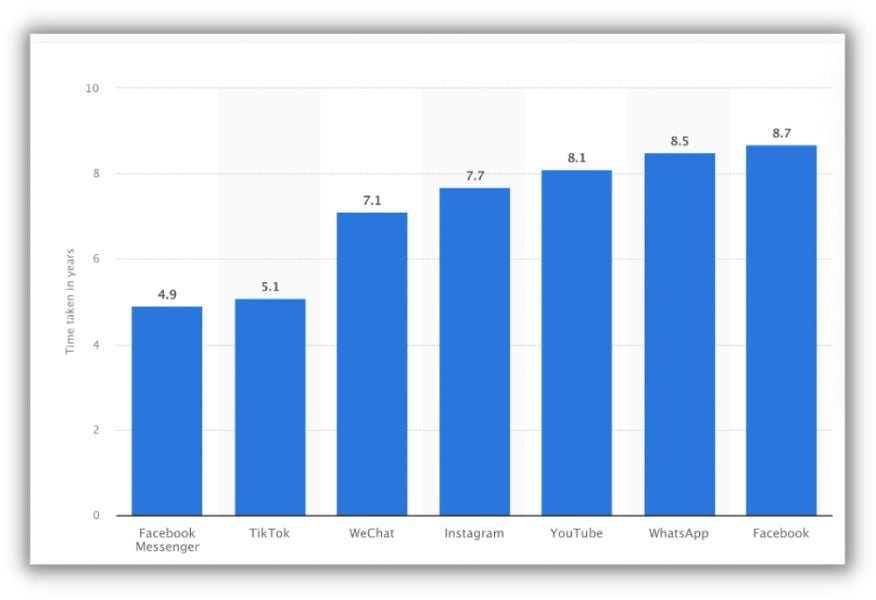
Still, there are some differences—including the number of users and demographics of users.
Number of users
Both Facebook and Instagram have substantial users, but Facebook’s audience is significantly bigger. Facebook has 2.9 billion monthly users, while Instagram has 2 billion monthly users.
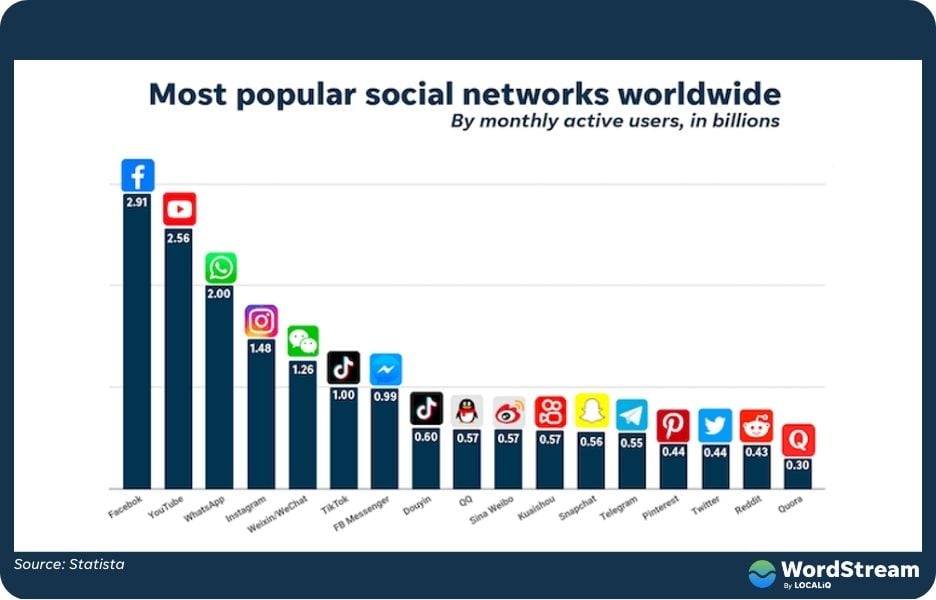
Age and gender identity of users
For both Facebook and Instagram, the minimum age to create a profile is 13 years old. This is important to note for marketers because it means that there are kids on both platforms.
Still, teenagers under 18 make up only about 7% of Instagram users. More than 60% of Instagram users are 18-34 years old, with women making up the slight majority for this age range.
Location of users
Both social platforms are used by people globally, and their usage per country is pretty consistent. In fact, Instagram and Facebook have the same top four countries in terms of the number of users: India, Indonesia, Brazil, and the United States.
In general, you don’t need to make location-based decisions between Instagram and Facebook. But it’s a good idea to double-check the specific country or region that you’re targeting. For instance, there is some difference in social media usage between people who live in rural, suburban, and urban areas. According to PEW research, Facebook is the most commonly used social media network in rural areas, just above YouTube.
Instagram vs. Facebook: Engagement
The most important engagements for the Instagram algorithm are:
- Likes
- Comments
- Saves
- Profile visits
- Time spent on page
The most important engagements for the Facebook algorithm are:
- Reactions
- Comments
- Shares
- Link clicks
- Time spent on page
Engagement benchmarks
The number of engagements is useful to track and measure your organic social strategy, but it’s good to know benchmarks, too. The social scheduling and reporting platform Hootsuite analyzed social media posts to determine engagement benchmarks for organic Facebook and Instagram posts.
Here are some average engagement benchmarks for Facebook:
- Post engagement vs page fans for all post types is 0.07%.
- Photo post engagement vs page fans is 0.12%
- Video post engagement vs page fans is 0.08%.
- Link post engagement vs page fans is 0.04%.
- Status post engagement vs page fans is 0.11%.
Instagram vs. Facebook for Marketing: Everything You Need to Know
Instagram and Facebook (now known as Meta) may be owned by the same parent company, but the two social platforms are different—very different. For the casual user, this doesn’t matter much beyond preference. (I have to limit myself from Instagram scrolling with a 15-minute daily limit, for instance, but I haven’t logged into my personal Facebook in years and haven’t wanted to.)
But for marketers looking to grow organic reach, it’s important to understand Instagram vs. Facebook for your business goals to decide which platform works best for you and how to use each effectively.
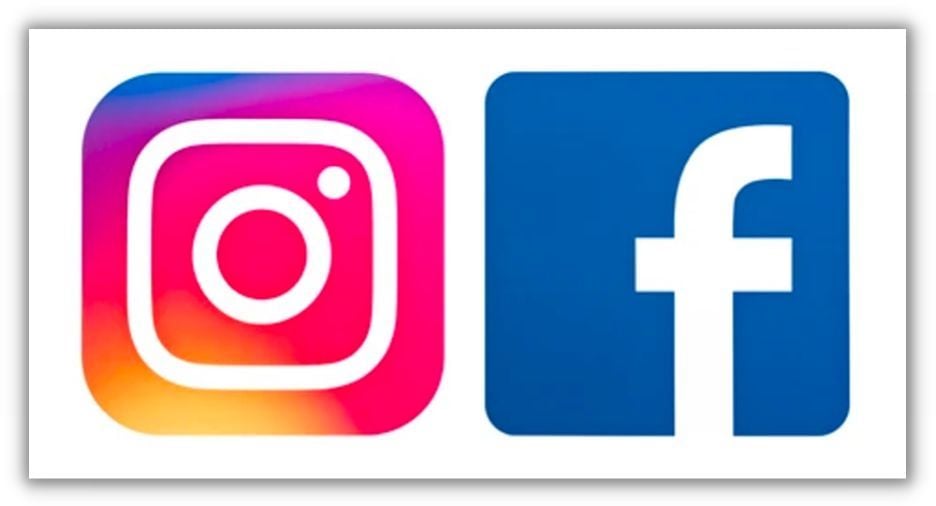
Similar shapes, same white accent, very different vibes even with these logos.
In this overview, we’ll cover the key differences between Instagram and Facebook, including:
Let’s start with some background information.
Instagram vs. Facebook: Background
People love both of these social networks: According to Hootsuite, 14.5% of active social media users report Facebook as their favorite social network, while 14.6% choose Instagram. This shouldn’t be a surprise. Both Instagram and Facebook have been cornerstone social platforms for a decade now.
But the platforms were created with different goals in mind in very different environments, and it’s a good idea to understand that before we get into the differences today. Here’s a quick overview.
| Year Founded | 2010 | 2004 |
| Founders | Kevin Systrom and Mike Krieger | Mark Zuckerberg, Eduardo Saverin, and Dustin Moskovitz |
| Founding Location | Silicon Valley, CA | Cambridge, MA |
| Tagline | Capture and share the world’s moments | Move fast together |
| Initial Medium | Mobile | Website |
These platforms were created a few years apart, but Instagram was launched after the launch and market saturation of the iPhone ushered in the mobile-first era and after Facebook’s rise to prominence changed our relationships with social media.

Instagram launched the same year The Social Network came out.
Now let’s get into the key Instagram vs. Facebook differences you need to know.
Instagram vs. Facebook: Audiences
Both social media networks have huge audiences all over the world. Instagram and Facebook hit 1 billion users in 7.7 and 8.7 years, respectively, and they’ve continued to grow since.

The time social networks took to reach 1 billion users, via Statista.
Still, there are some differences—including the number of users and demographics of users.
Number of users
Both Facebook and Instagram have substantial users, but Facebook’s audience is significantly bigger. Facebook has 2.9 billion monthly users, while Instagram has 2 billion monthly users.

It’s important to note that Facebook’s user growth has leveled in the last five years, while Instagram has continued to grow steadily.
Age and gender identity of users
For both Facebook and Instagram, the minimum age to create a profile is 13 years old. This is important to note for marketers because it means that there are kids on both platforms.
Still, teenagers under 18 make up only about 7% of Instagram users. More than 60% of Instagram users are 18-34 years old, with women making up the slight majority for this age range.
That means if you’re targeting potential customers in their 20s and early 30s—especially women in this age range— Instagram is a great place to reach your audience.
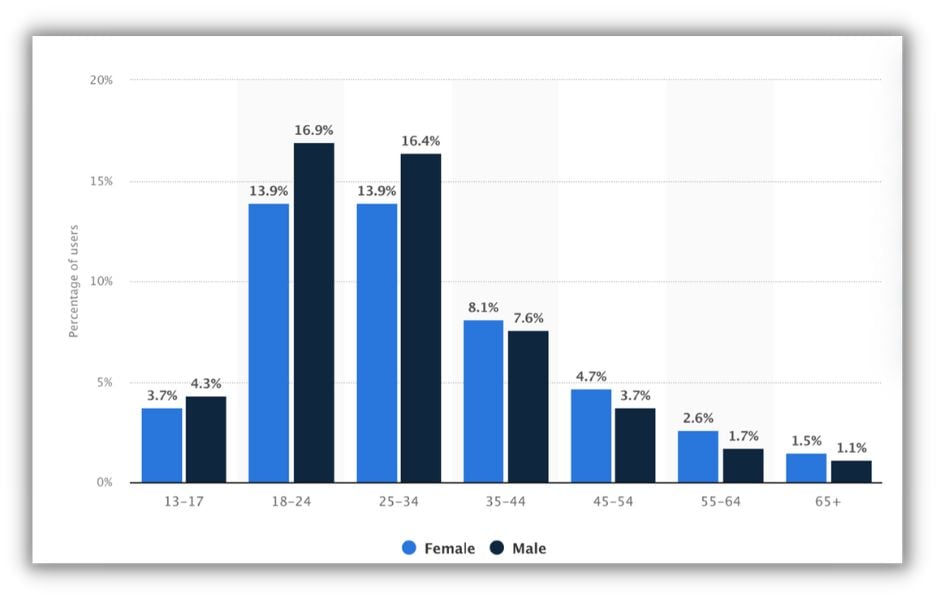
Instagram users by age via Statista
Facebook, on the other hand, skews older, with men making up the majority. Close to 50% of Facebook users are between the ages of 25 and 44. Nearly 30% of all Facebook users are men between the ages of 25 and 44.
So if you’re looking to reach men in these age groups, it’s a good idea to look into Facebook.
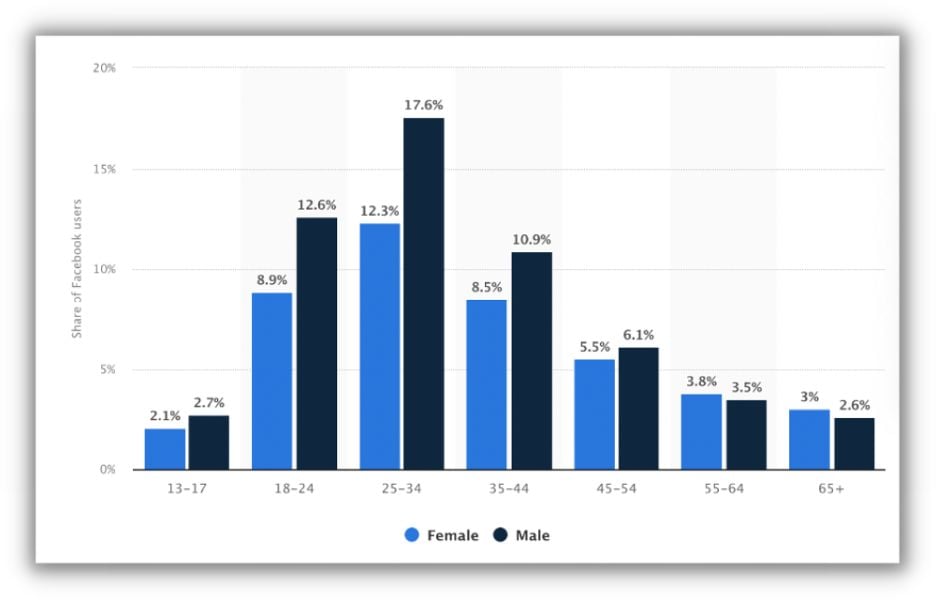
Facebook users by age via Statista
Location of users
Both social platforms are used by people globally, and their usage per country is pretty consistent. In fact, Instagram and Facebook have the same top four countries in terms of the number of users: India, Indonesia, Brazil, and the United States.
In general, you don’t need to make location-based decisions between Instagram and Facebook. But it’s a good idea to double-check the specific country or region that you’re targeting. For instance, there is some difference in social media usage between people who live in rural, suburban, and urban areas. According to PEW research, Facebook is the most commonly used social media network in rural areas, just above YouTube.
Instagram vs. Facebook: Engagement
Knowing your audience and potential audience is great, but as a marketer, you know that engagement is how to determine whether or not your social media strategy is effective.
Types of engagement
The most important engagements for the Instagram algorithm are:
- Likes
- Comments
- Saves
- Profile visits
- Time spent on page
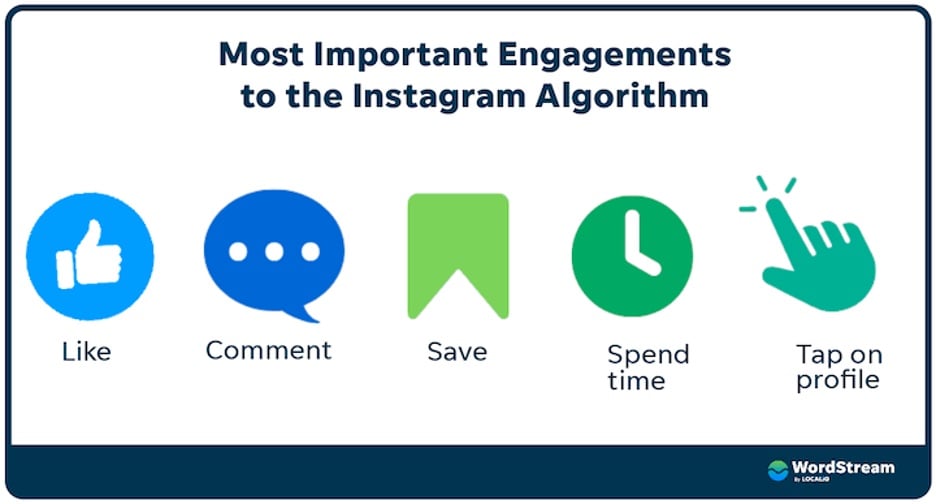
The most important engagements for the Facebook algorithm are:
- Reactions
- Comments
- Shares
- Link clicks
- Time spent on page
Engagement benchmarks
The number of engagements is useful to track and measure your organic social strategy, but it’s good to know benchmarks, too. The social scheduling and reporting platform Hootsuite analyzed social media posts to determine engagement benchmarks for organic Facebook and Instagram posts.
Here are some average engagement benchmarks for Facebook:
- Post engagement vs page fans for all post types is 0.07%.
- Photo post engagement vs page fans is 0.12%
- Video post engagement vs page fans is 0.08%.
- Link post engagement vs page fans is 0.04%.
- Status post engagement vs page fans is 0.11%.
As you can see, photo posts and status posts have the highest engagement rates. You should still test this out with your audience, but favoring those post types is a great place to start.
Here are some average engagement rate benchmarks for Instagram:
- Engagement rate for all post types is 0.54%.
- Engagement rate for photo posts is 0.46%.
- Engagement rate for video posts is 0.61%.
- Engagement rate for carousel posts is 0.62%.
Again, carousel and video posts are a great place to start whether you’re setting up an Instagram for your brand or reinvigorating an existing page.
Instagram vs. Facebook: You don’t have to choose
Most people are on upwards of 5 social media platforms, so if you do end up favoring Facebook over Instagram or seeing more success on one than the other, chances are you’ll still be reaching a good portion of your intended audience to some extent.
But the good news is that you don’t really need to choose. Use the differences above to determine your strategy for each platform to make sure you’re making the most of your time and your content on both Instagram and Facebook.





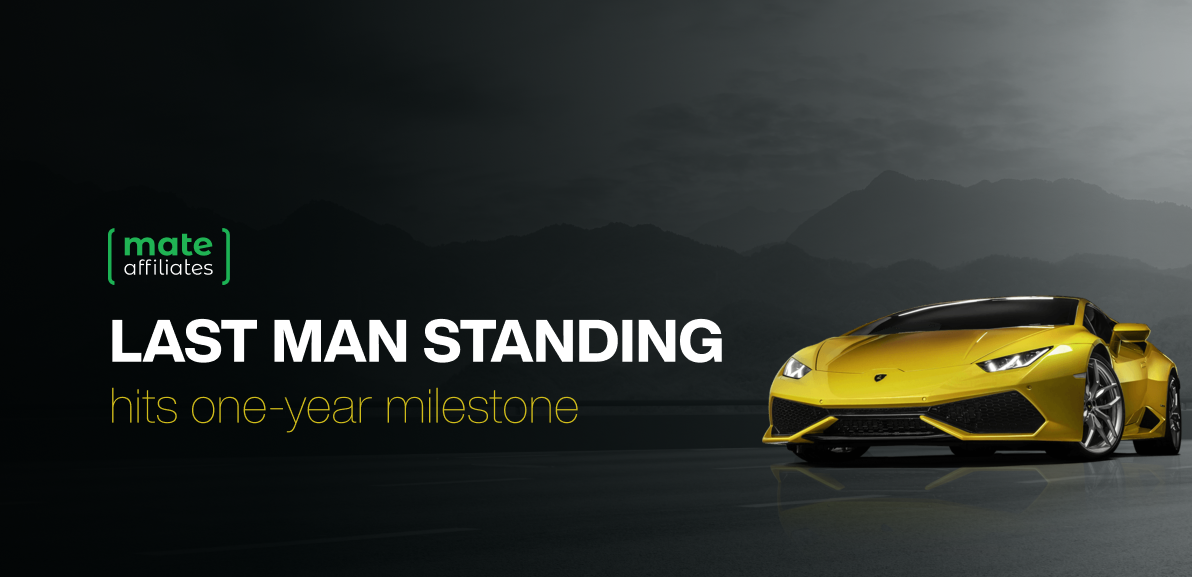

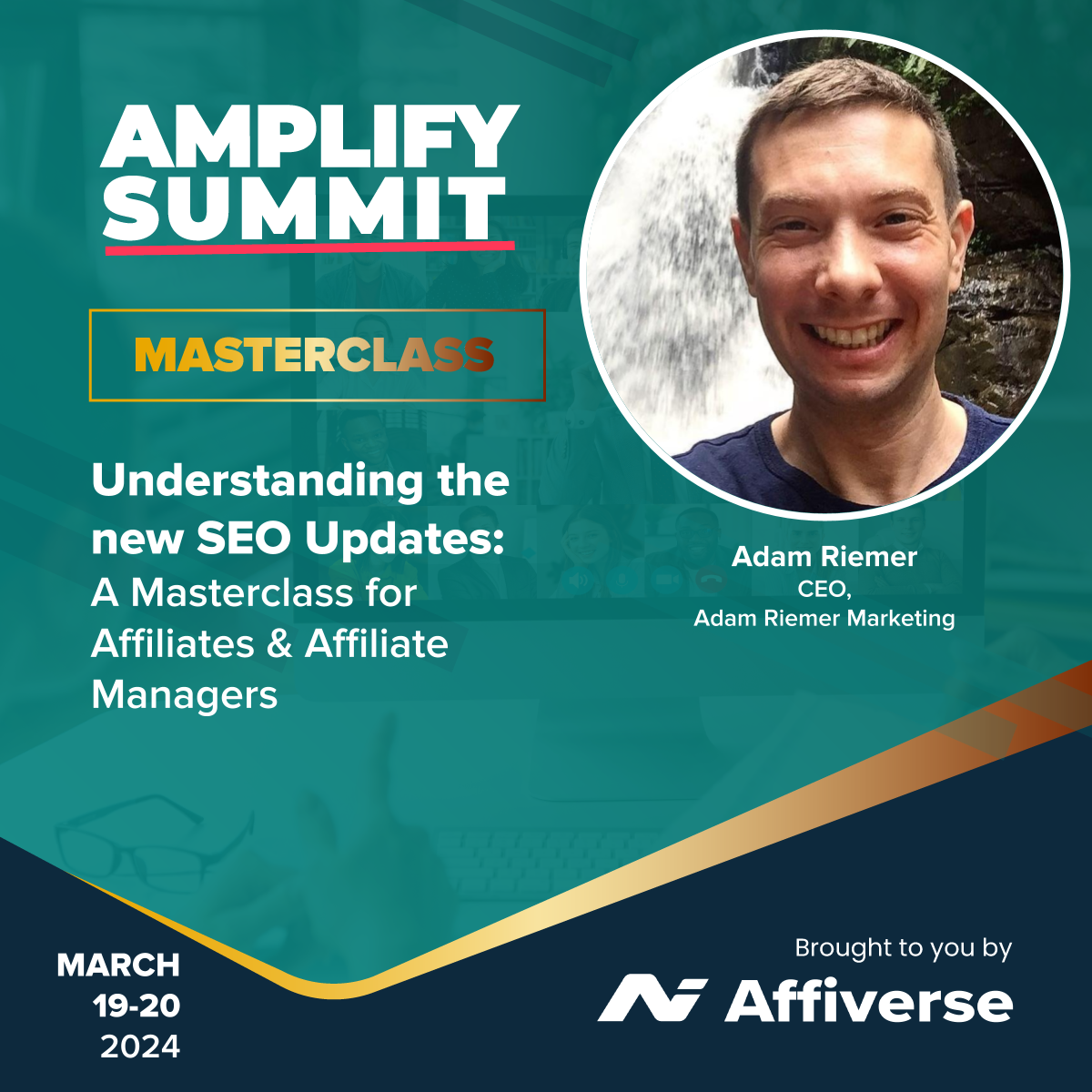





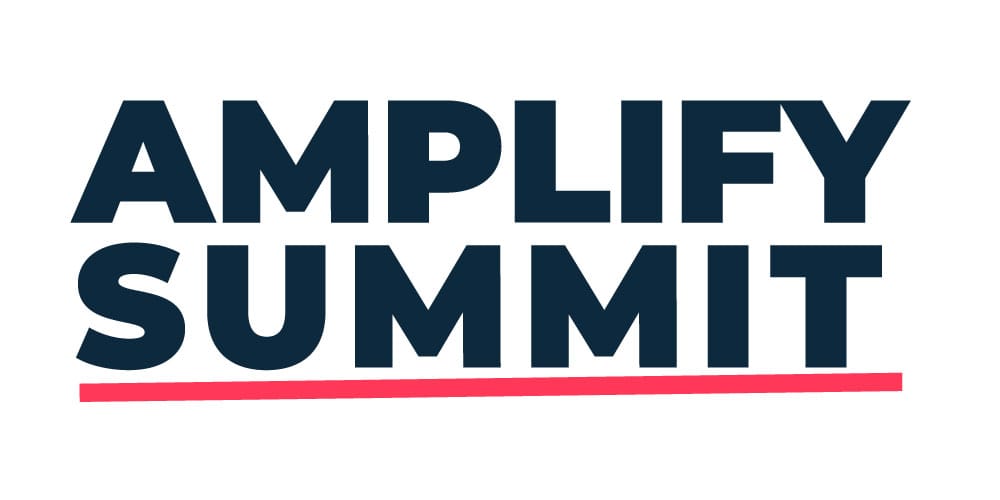






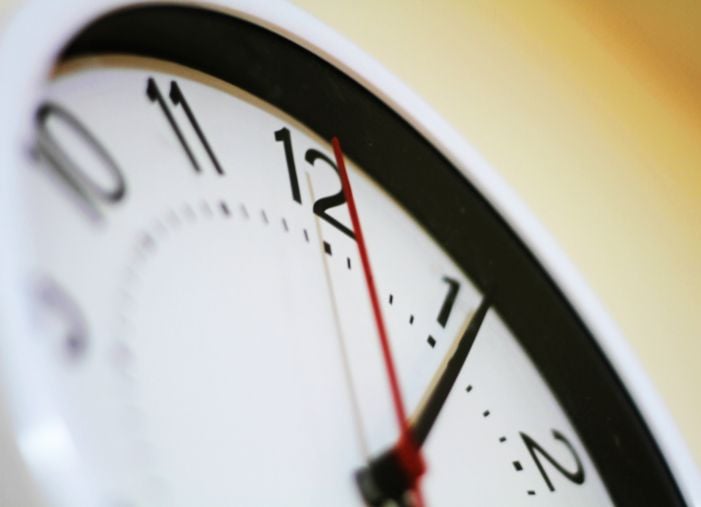
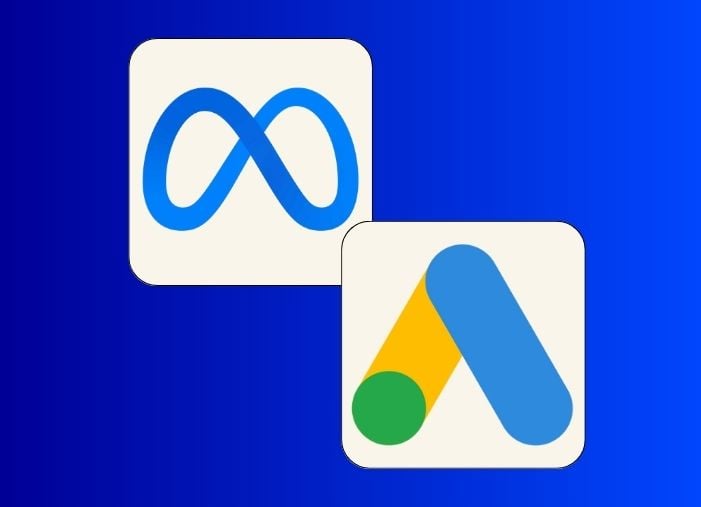
![The Best Time to Post on Instagram in 2024 [For Every Scenario]](https://www.wordstream.com/wp-content/uploads/2023/08/Best-time-to-post-on-Instagram-sprout-social.jpg)












